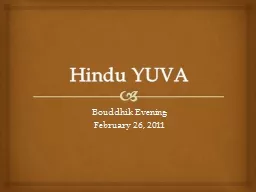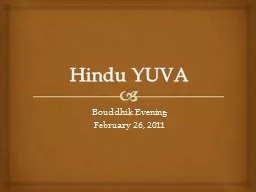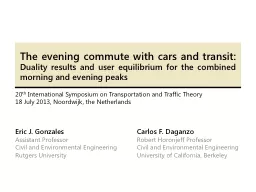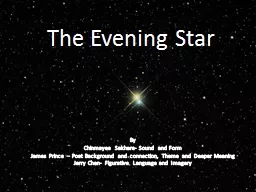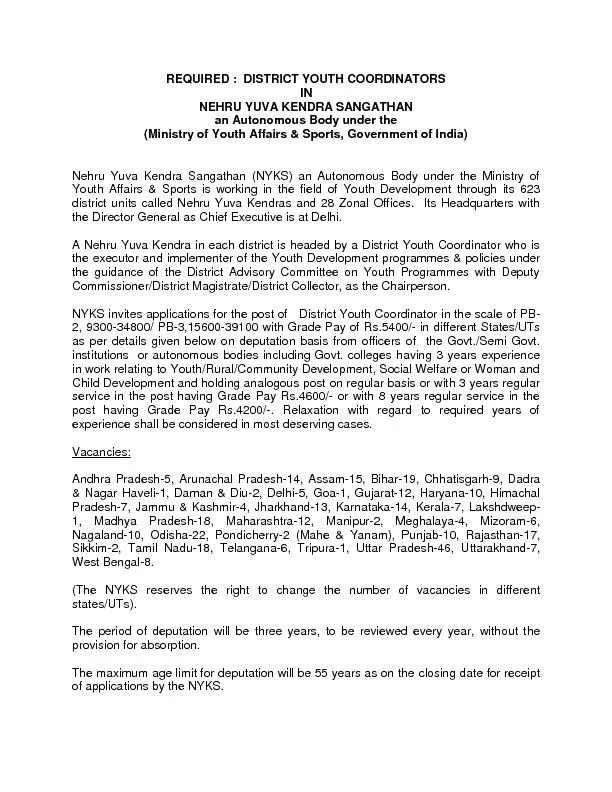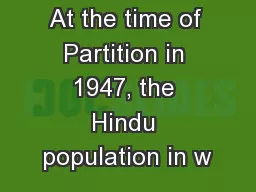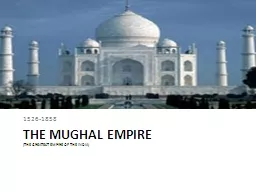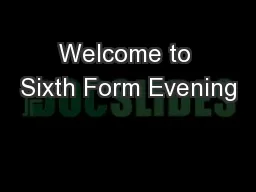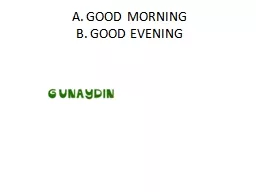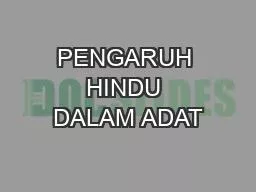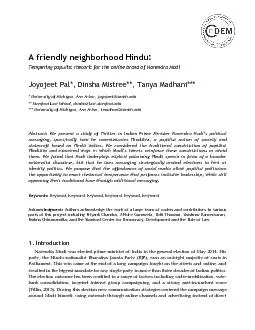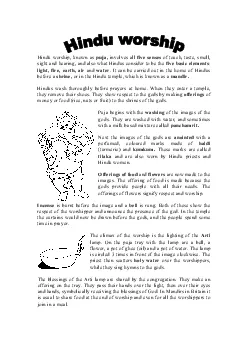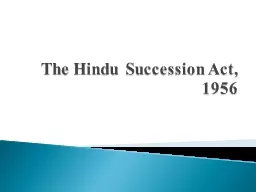PPT-Hindu YUVA Bouddhik Evening
Author : alone2cute | Published Date : 2020-07-01
February 26 2011 Pursuing PhD at University of Washington Research Computer Vision and Graphics Deeply interested in history politics travelling and adventure sports
Presentation Embed Code
Download Presentation
Download Presentation The PPT/PDF document "Hindu YUVA Bouddhik Evening" is the property of its rightful owner. Permission is granted to download and print the materials on this website for personal, non-commercial use only, and to display it on your personal computer provided you do not modify the materials and that you retain all copyright notices contained in the materials. By downloading content from our website, you accept the terms of this agreement.
Hindu YUVA Bouddhik Evening: Transcript
Download Rules Of Document
"Hindu YUVA Bouddhik Evening"The content belongs to its owner. You may download and print it for personal use, without modification, and keep all copyright notices. By downloading, you agree to these terms.
Related Documents

